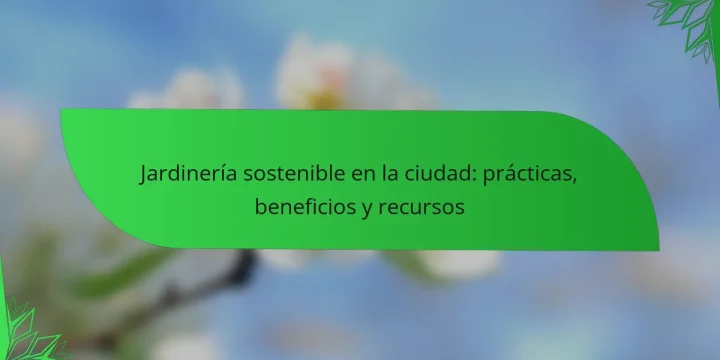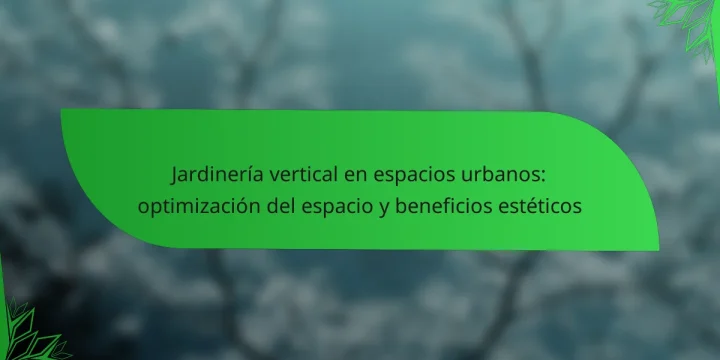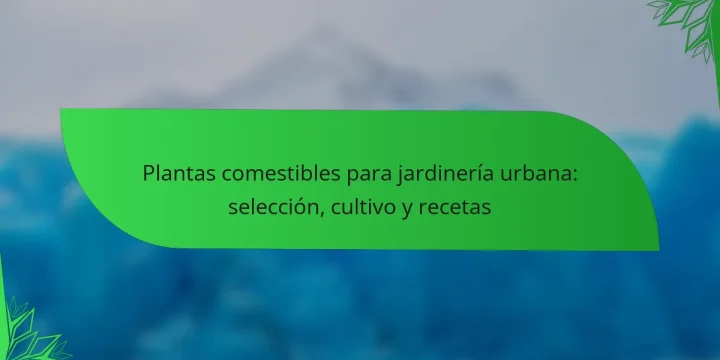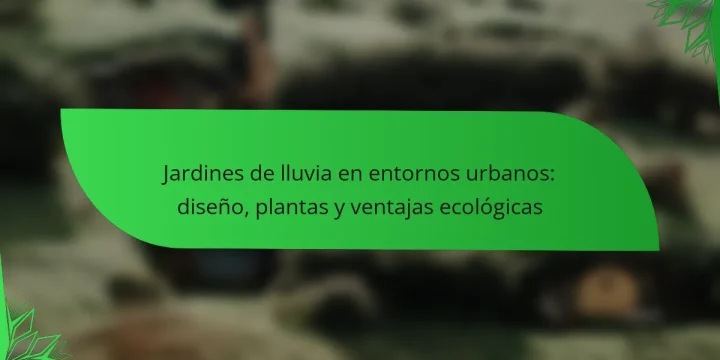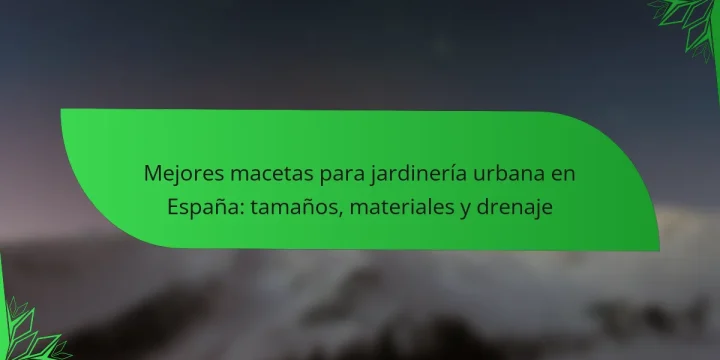
Urban gardening pots are containers specifically designed for cultivating plants in urban environments, allowing gardeners to utilize limited spaces such as balconies, terraces, or patios. The article explores the best types of pots for urban gardening in Spain, focusing on sizes ranging from 20 to 60 centimeters in diameter, suitable for various plant types. It also discusses appropriate materials for these pots, including plastic, ceramic, metal, and fiberglass, each offering unique benefits for drainage and moisture retention. Understanding these elements is crucial for successful plant growth in urban settings, promoting sustainability and green spaces. ¿Qué son las macetas para jardinería urbana? Las macetas para jardinería urbana son recipientes diseñados para cultivar plantas en entornos urbanos. Estas macetas permiten a los jardineros aprovechar espacios limitados como balcones, terrazas o patios. Su…

